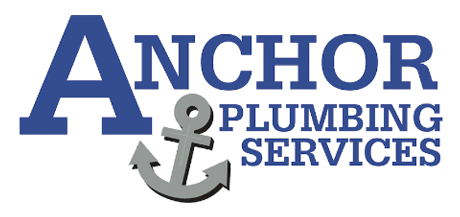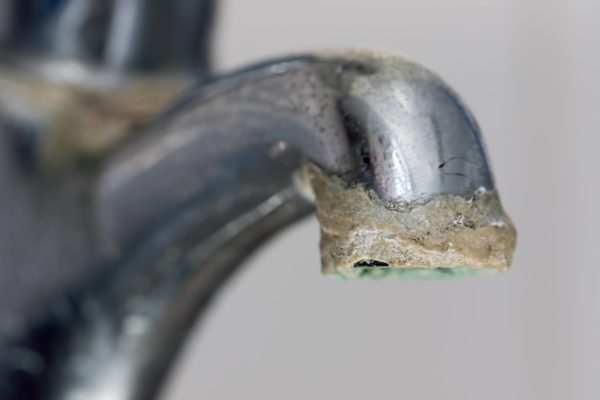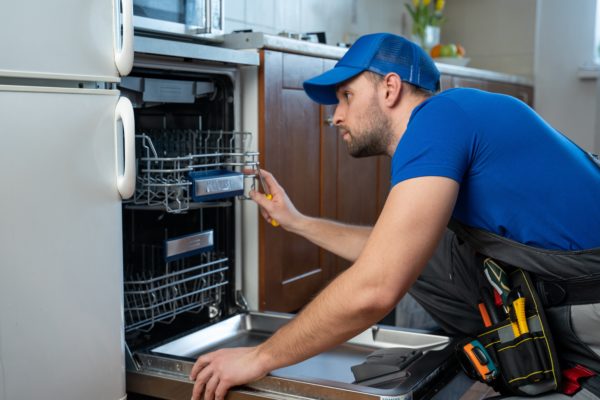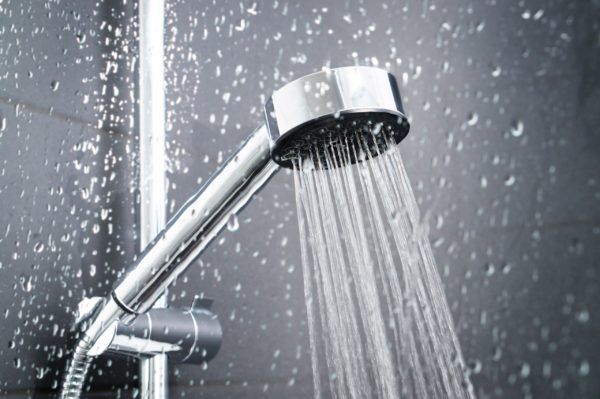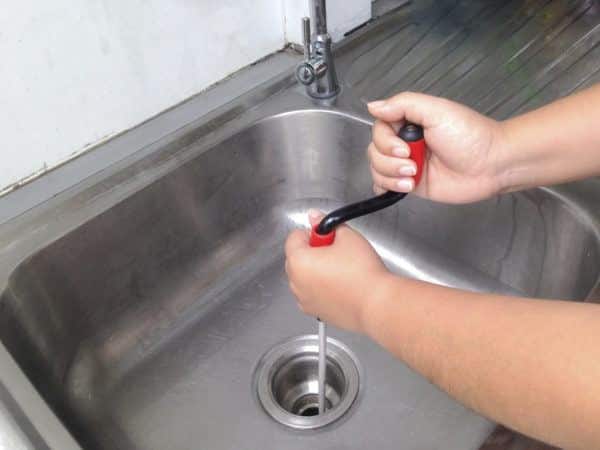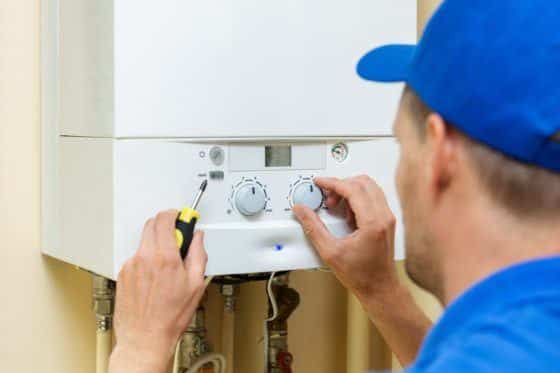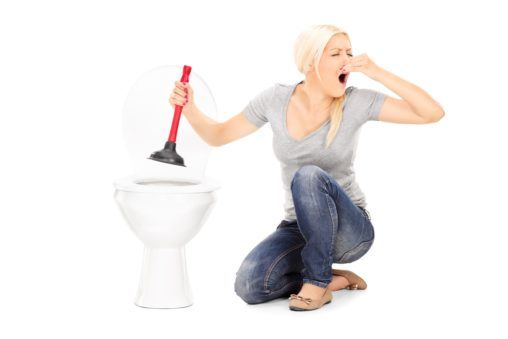Chemical drain cleaners have been around since the mid-twentieth century, and they are a common option for people who experience clogged drains. However, that doesn’t mean they have no negative effects on your pipes, even though they are useful in the short term. The chemical drain cleaners that are on the market for residential use have drawbacks in addition to their benefits, and it’s important to know about alternatives for unclogging drains.
How Chemical Drain Cleaners Work
Drano and Liquid Plumbr are two popular brands of chemical drain cleaners. They come in liquid, gel, or powder form. Let’s look at what the main ingredients are for chemical drain cleaners and how they work.
Caustic chemical drain cleaners are basic or alkaline substances such as lye and caustic potash. They give off electrons and with their sodium hydroxide ions create a reaction that releases heat and turns thick grease into a more soap-like substance that’s more easily dissolved. They are heavier than water and so can reach a clog even through standing water.
Oxidizing chemical drain cleaners, like caustic ones, are also heavier than water and can also reach clogs through standing water. Household bleach, peroxides and nitrates release gas and heat by causing the clog to become oxidized, breaking down the organic material and clearing the clog. This type of chemical drain cleaner is effective for removing food and hair-based clogs.
Acid chemical drain cleaners are what plumbers use and not available for residential use. Muriatic acid, also known as hydrochloric acid, is one type. It is one of the components found in stomach acid, but the version for plumbers is concentrated and only plumbers with a license can purchase it. Another option plumbers use is sulfuric acid, which is also alkaline and releases hydronium ions. Both attract electrons from the clogging substance and the chemical reaction from either releases heat, which melts congealed grease and softens the clogging substance, enabling it to move down the pipes.
Pros and Cons of Chemical Drain Cleaners
There are many benefits and drawbacks to using chemical drain cleaners. Consider the following when deciding whether to use one.
Pros of chemical cleaners include convenience, affordability, and versatility. They’re easy and fast-acting as well as effective. They work on various clogs caused by food, soap scum buildup, grease, and hair. They’re affordable and widely available, with prices ranging from $2 to $15. They work on many types of clogs, with food and hair buildup being the most common causes.
The cons include potential damage to pipes, potential damage to sinks, and the fact that they aren’t eco-friendly. While most are effective, there is no guarantee behind them and they may mask an underlying issue.
If used incorrectly or you don’t know the cause of the clog, liquid chemical drain cleaners can cause significant damage to your pipes. They also shouldn’t be used on garbage disposals for the same reason. Even Drano, which contains an agent in some products to prevent pipe damage, will not keep your pipes in optimal condition. Furthermore, not all liquid chemical drain cleaners are suitable for sinks, either. For example, porcelain and enamel may be vulnerable to damage from the ingredients.
Another con is that chemical drain cleaners kill the beneficial flora in the septic tank, which leads to waste buildup. Chemical drain cleaners can also be harmful when touched or inhaled, deeming them not safe for the environment. As previously stated, while most cleaners can tackle small clogs, they’re not guaranteed to work in every situation. For example, they will not clear toy blocks or other solid objects. Homeowners should keep an eye on the results because when a chemical drain cleaner works temporarily but the clog reappears, it’s a sign of a more serious underlying issue, such as broken pipes or a malfunctioning sewer line.
Alternatives to Chemical Drain Cleaners
Using a plunger is far more cost-effective and sustainable than using chemical drain cleaners. It works on clogs that are minor or on slow drains, and it doesn’t use any chemicals.
Sometimes, there are problems with clogs that are farther down in the pipes. For this, a pipe snake or drain snake is effective. It can reach down to bring up, dislodge, or break down the cause of the clog. This alternative also doesn’t use any chemicals.
There are also more environmentally friendly liquid cleaners available as well. Enzymatic biological drain cleaners use a natural mixture of enzymes and bacteria to help remove clogs.
Some people use a homemade drain cleaner made of lemon juice or a combination of white vinegar, baking soda, and hot water. Usually, the recipe calls for pouring boiling hot water down the drain, then following it with distilled white vinegar or lemon juice and baking soda, or vice-versa. The proportions call for three cups of boiling water, one cup of baking soda, and one cup of distilled white vinegar or lemon juice. You can simply pour it as a mixed solution. Give the clog time to clear and then test it. You can also pour a half-cup of baking soda and a half-cup of distilled white vinegar into the drain. Follow that with a small pot of boiling water, and give it an hour to work before checking if the clog has cleared.
Professional Drain Clearing Methods
Paying for a professional to clear a drain could potentially be equal to the cost of several attempts using a chemical drain cleaner. However, a plumber will be able to evaluate your drain for the safest, most effective way to dislodge the clog. They are especially valuable if you’re unable to figure out what is causing the clog, or if there are more serious underlying issues beyond the immediate clog.
Drain snaking or cabling uses a long, narrow tool known as a drain snake, plumber’s auger, or plumber’s cable to reach into your drain pipes. It is usually about 50 feet long with an auger at the end. It spirals down the drain and comes into direct contact with the clogging substance and breaks through it.
Another method is hydrojetting. This method clears your pipes by way of high-water pressure. The plumber uses a video inspection and then puts a nozzle into the clogged pipe or drain, after which the nozzle then blasts water in multiple directions with high-pressure jet streams while it moves down through the pipe. This method is very effective for all kinds of clogs, whether it’s food, congealed grease, hair, fabric, or even silt or scale buildup. It’s used commercially even by restaurants to prevent grease and food clogs.
Call in the Professionals
Professional drain clearing is more of an investment initially, but far more thorough and effective than purchasing chemical drain cleaners multiple times to no avail. If you have a recurring clog issue, or you are experiencing other issues related to a clog, contact a [company_name] for an inspection. We proudly serve San Antonio, TX and the surrounding areas! We offer drain cleaning, water softeners, toilet repair and replacement, and faucet repair and replacement. We can also service your garbage disposal, sewer lines, and gas lines. Visit our website for information on financing and specials, or to book an appointment online. Give us a call with any questions!
